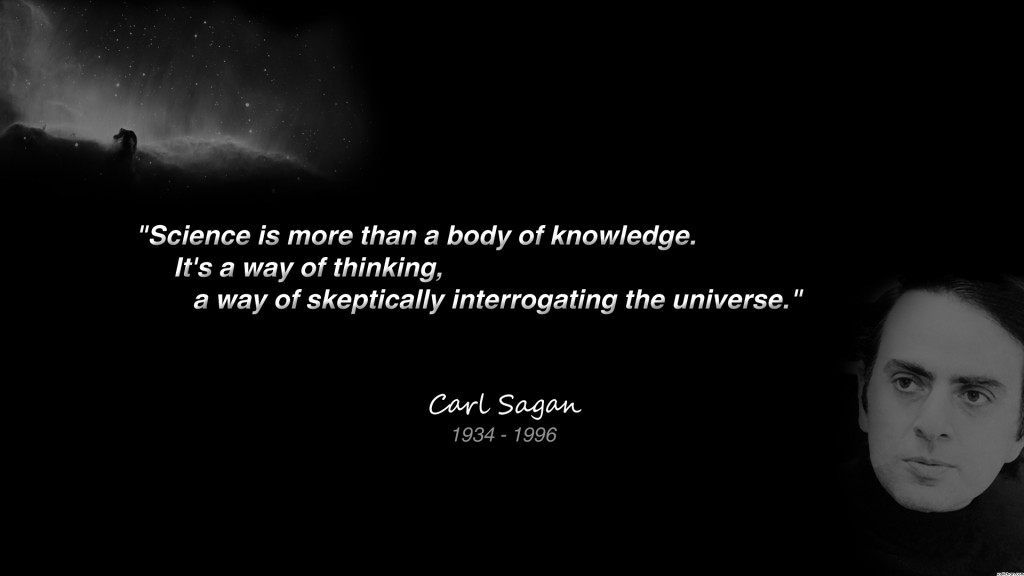Masters of the Translation Universe: 101 Things a Translator Needs to Know
May 28, 2014
“Sometimes the original is just a pale imitation of the translation.”
Translation takes a back seat to nobody in this bold and daring book, as that compelling and subtly wry observation makes abundantly clear.
As just one of 101 pithy and insightful gems, this book represents the collected wisdom of 500+ years of experience from some of the most respected and, frankly, hardest working translators in the industry.
All that hard work, though, is a labor of love and devotion and passion. And these authors – members of the WLF Think Tank, an informal gathering of like-minded colleagues – wish to share that passion and warmth and good humor with their translator colleagues around the world.
Aimed squarely at the working professional translator – while effortlessly swatting away the vacuous, specious, silly and often wrongheaded advice from “consultants’” books, webinars or newbie translator-bloggers who have barely begun translating themselves – this book draws a firm and irrevocable line in the sand against the bulk market of “good enough quality for right now.”
It dares the low-cost universe populated by mega-companies and amateurs and collapsing rates and endless battles over shrinking market share to move away from the darkness and see the light. It gently nudges them to raise the bar on their craft, to value and protect their clients, to master their subjects, to raise their prices and to become inspiring writers all.
The advice is dispensed in much the same way a Michelin 3-star restaurant presents a meal: as an elegant tasting menu with little pressure or hurry. There is white space aplenty, with quiet and amusing illustrations. Like poetry, this book’s strength lies in its brevity. Few pages contain more than 150 words. But those words – by way of illustration – pack a wallop.
There is solid practical advice on client management, pricing, setting and managing expectations, writing elegant texts, managing your data, maintaining confidentiality, the value of joining professional organizations, delivering greater value and thinking in terms of your clients’ best interests.
Where the book especially shines is in its firm devotion to holding translators to their highest personal standards of conduct, integrity, professionalism and excellence. It has no truck with lame excuses; it has no patience for the whining or complaining or bitter grumbling about the industry or colleagues or agencies, a practice that seem to have almost become a default setting for many in the industry.
Master Your Own Destiny
The strategy here is to encourage translators to take full and complete responsibility for their skill set, reputation, training, tools and ultimately their own success.
It blocks at least as many doors as it opens. Examples:
• No hiding behind translator notes. If ambiguity exists in a text, conduct the research necessary to resolve the issue or contact the client to clarify.
• No guessing about a passage you don’t understand. Originals contain errors, omissions and opaque text, too. Nobody reads a text more carefully than a translator, so this is an area where the translator can provide additional value by calling the client’s attention to potential problem areas.
• No defending a translated term on the grounds that “it was in the dictionary, so it must be right.” As every translator knows, context defines meaning, not words.
Translators working in the industry have badly needed a guidebook as clear and concise as this one. Perhaps it’s ironic that it’s taken almost 15 years to go from “Translation: Getting it Right,” a well-known client guide written by one contributor to this book, to “Translator: Getting it Right.”
I look forward to the second edition to address two quibbles I had on the book, enumerated below.
The authors’ experience profile is heavily weighted toward specific markets: business, corporate communications, law, banking, regulatory, finance, literature and politics.
Notably (and regrettably) absent are a good counterbalance of scientific and technical translators in equal representation, whose advice in many areas would very likely be quite different.
Insight beyond the visible spectrum
To cite just a few examples, the (repeated) emphasis on the crucial advantage of living in the source-language country, of inhaling that local culture, of embracing every street nuance of every utterance, and of communicating with clients in their native language (not yours), makes perfect sense in translating corporate communications, business, politics, banking and literature. Those fields require cultural immersion in a profound way.
However, this advice misses for translators working in many areas of science and technology, which is an appreciable part of the industry. It’s not that there’s no benefit; it’s that the emphasis is simply misplaced.
That’s a bit of a harsh thing to say about such a brilliant and insightful book (seriously, order this book right now) so let me explain that in greater detail.
Scientific translators who translate scientific journals that constitute the scientific record, for example, form the lifeblood connection between two (or more) scientific communities, so in conceptual terms their minds live inside the literature, the lab, the instrumentation, the methodology and the math.
Leaving aside the fact that some of the best scientific and technical translations ever produced in English sprang from the brilliant minds of translator-scientists and translator-engineers who had never once stepped foot in the country where their source language(s) were spoken, this repeated emphasis on physical location and cultural immersion violates the very premise and underlying foundation on which the entire book is based: that above all else, translators must know their subject matter and be able to communicate those ideas elegantly and with authority.
In science and technology, those subjects are conceptual disciplines with centuries-long traditions, rigorous and painstakingly validated principles and firm methodologies. These are precisely what scientific translators must “inhale.”
Moreover, these subjects are immutable to location, so alas there’s little wisdom to be found on the left bank of the Seine, or the Rhône River valley. This of course does NOT absolve the translator from mastering every nuance of the source language – that’s axiomatic – it’s just that those nuances are located in a decidedly different geometry.
Beginners or Experts?
My other quibble is that while the book is pitched as a guide for all translators, from beginners to experts – and it certainly delivers on that promise throughout – a better title might be: 101 Things a Translator in the Premium Direct-Client Market Needs to Know. In fact, the book is at its best when addressing the authors’ peers: translators with decades of experience working in the premium direct-client market.
For example, while the book rightly hammers home the crucial importance of building a solid client relationship by meeting clients’ true needs, requesting feedback, asking for clarification on the text and seeking out insight on the target audience, that well-meaning – as well as valid, insightful and forward-looking – advice for direct clients in the premium market could easily backfire in an unfortunate and catastrophic way for the vast majority of translators in the industry who actually work for translation companies, whose sole terse instructions are often “Just translate the text” (or my personal favorite in the Pantheon of Appallingly Awful Agency Advice: “Just do your best.”)
This is especially true in the toughest waters of the enormous bulk market where millions of words are translated every day and translators asking such persistent questions would quickly be labelled pests or annoyances or high-maintenance (or worse) by harried and desperate project managers who are juggling 50 projects simultaneously and are barely hanging on to what’s left of their sanity by the barest remnants of fingernails.
Rising to the Challenge
I’m sure in such cases the authors intend such advice (which, remember, is precisely the right advice) to be aspirational – a yellow brick road, as it were, out of the quicksand and sand-traps and madness of the bulk market – and as a beacon toward the promised land of higher-quality clients, better rates and a more satisfying professional life.






